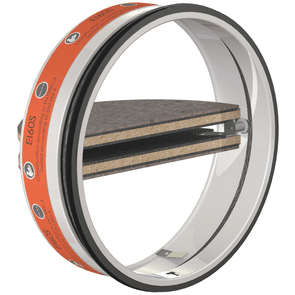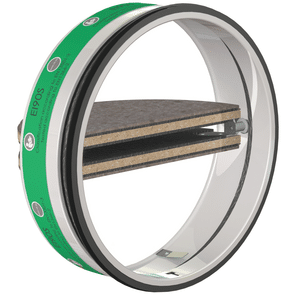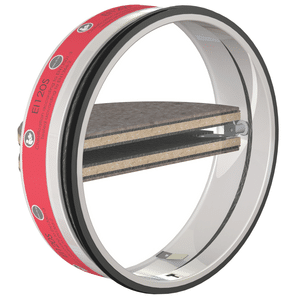FIRE VALVE
– Designed for Quick & Easy installation
– All cartridges are UKCA certified
– Unparalleled Quality
– Unbeatable Price Value
– Exceptional Service
– Made & designed for the UK market

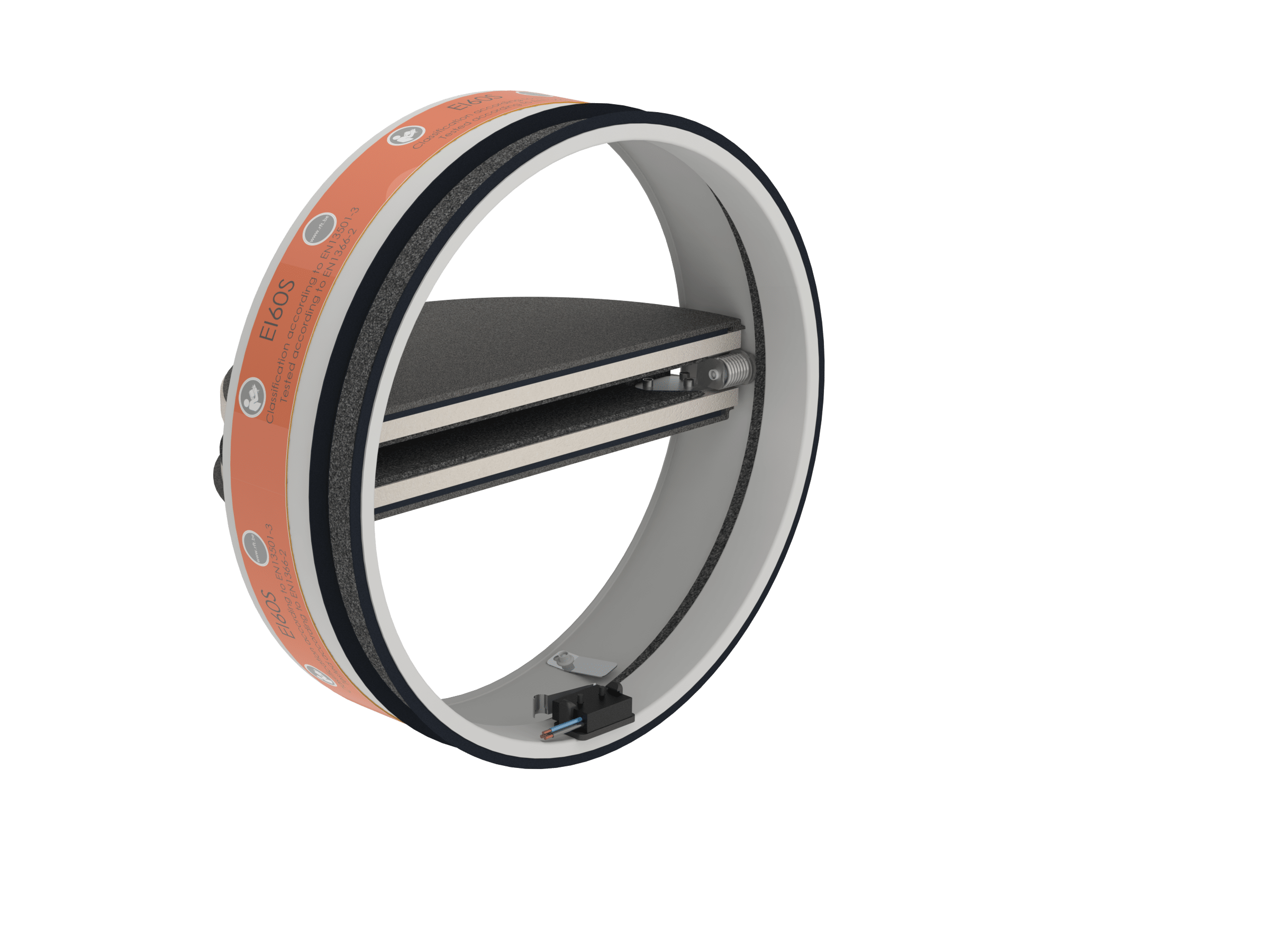
– Designed for Quick & Easy installation
– All cartridges are UKCA certified
– Unparalleled Quality
– Unbeatable Price Value
– Exceptional Service
– Made & designed for the UK market

> SC+ series
> SCV+ series
SCV+60
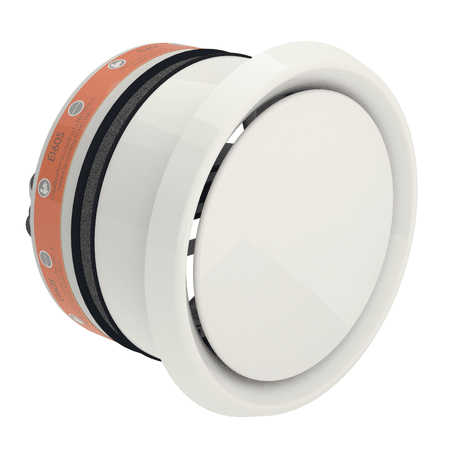
Circular fire valve with ventilation valve with a fire resistance of 60 minutes.
SCV+90
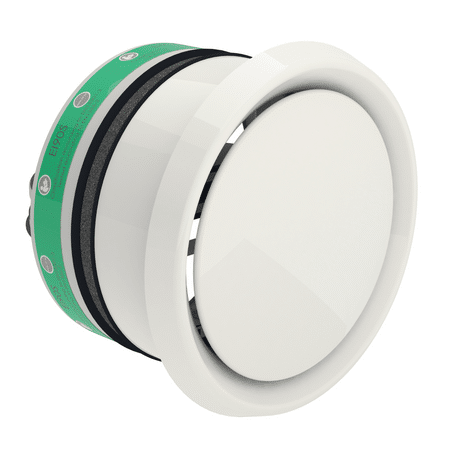
Circular fire valve with ventilation valve with a fire resistance of 90 minutes.
SCV+120

Circular fire valve with ventilation valve with a fire resistance of 120 minutes.
Enhancing Fire Safety in the UK with Fire Valves
Introduction:
In the realm of fire safety, fire valves play a pivotal role in safeguarding lives and properties. These essential components are designed to halt the progression of fire and smoke within ventilation systems, ensuring occupant safety and mitigating the devastating impact of fires. In this article, we will explore the significance of fire valves, their functions, installation guidelines, maintenance practices, and the critical role they play in protecting buildings across the UK.
Understanding Fire Valves:
Fire valves are purpose-built devices integrated into ventilation systems. Their primary purpose is to control airflow and serve as barriers against the spread of fire, heat, and smoke throughout a building. These valves are typically circular in shape, fitting seamlessly into ductwork and HVAC systems. By compartmentalizing the ventilation system, these valves effectively contain fires within specific areas, enabling safe evacuation and limiting further damage.
The Role of Fire Valves in Fire Safety:
Fire Containment: Fire valves act as efficient fire barriers, impeding the rapid spread of flames, smoke, and heat from one building area to another. This containment is crucial for several reasons:
Safe Evacuation: By preventing the uncontrolled movement of fire and smoke, fire valves ensure that occupants have a clear and safe path for evacuation. This can make a significant difference in life-saving situations.
Property Protection: Containing the fire helps minimize property damage. Fire valves limit the areas affected by the fire, reducing the overall financial and structural impact on a building.
Compliance: Many building codes and regulations mandate the use of fire valves to meet fire safety standards. Compliance with these standards is essential to ensure the safety and legality of a structure.
Installation Guidelines:
Proper installation of fire valves is critical to their effectiveness. Here are some key installation guidelines:
Strategic Placement: Fire valves should be strategically placed throughout the ventilation system to create effective fire compartments. This placement requires careful consideration of the building’s layout and fire risk areas.
Regular Inspection: Fire valves should undergo regular inspections to ensure they are in good working condition. Inspections typically include checking for obstructions, testing fusible links, and verifying that the valve closes correctly in response to high temperatures.
Maintenance Records: Maintaining detailed records of inspections and maintenance activities is essential for compliance and ensuring that the fire valves are ready to perform when needed.
Conclusion:
In the context of fire safety in the UK, fire valves are indispensable components that significantly contribute to protecting lives and properties. Their ability to contain fires, facilitate safe evacuations, and minimize damage underscores their critical role in ensuring the safety and well-being of building occupants. It is imperative that these devices are not only installed correctly but also regularly inspected and maintained to guarantee their effectiveness in times of crisis. By adhering to fire safety standards and guidelines, the UK can continue to enhance its fire safety infrastructure and protect its communities.
Installation Guidelines for Circular Fire Valve:
Proper installation is crucial to ensure the effectiveness of circular fire valves in fire containment. Here are some key installation guidelines to follow:
The fire valve is inserted into a metal ventilation duct of the same diameter, and is held in position by its rubber seal. Both parts of the blade are held in the open position by the fusible link.
When the temperature in the duct reaches 72°C, the fusible link melts, and both parts of the blade close.
Two blocking hooks lock the blade in the closed position, and the intumescent material expands, providing a perfect seal to stop flames and smoke.



